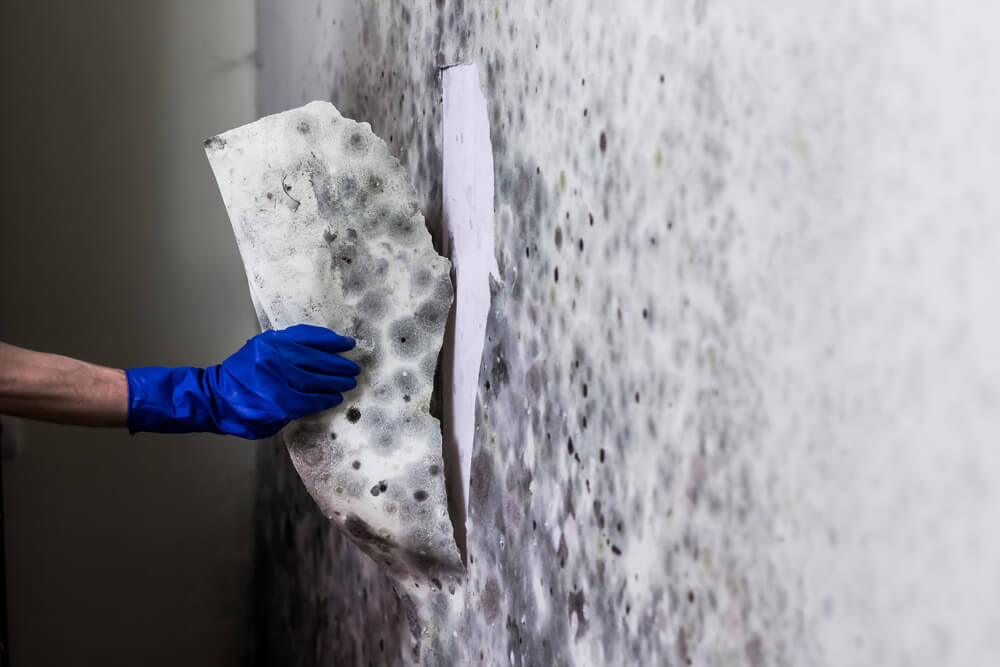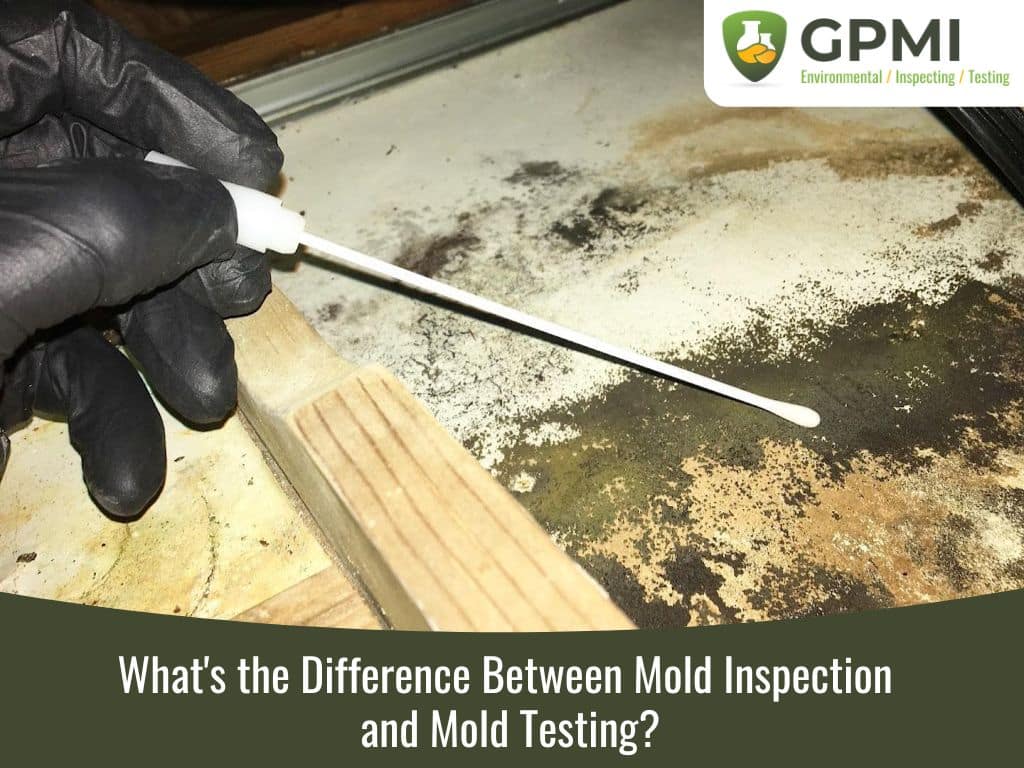Your Ultimate Guide to Post Mold Remediation Strategies
In the after-effects of mold infestation, knowing exactly how to properly remove the mold and stop its reoccurrence is extremely important for maintaining a healthy and balanced interior environment. From picking the best cleaning and sanitizing methods to executing approaches for long-term mold and mildew prevention, each step in the removal journey plays an essential duty in ensuring a successful result.
Recognizing Post-Mold Remediation Process
After finishing the mold and mildew remediation process, it is vital to recognize the post-mold remediation strategies that are necessary to ensure a comprehensive and efficient clean-up. When the mold and mildew has actually been gotten rid of, the next step entails cleaning and sanitizing the impacted locations to avoid any regrowth of mold. This includes utilizing specialized cleaning up agents to clean down surface areas and eliminate any kind of continuing to be mold and mildew spores. It is essential to dry the location completely to discourage the growth of mold and mildew in the future (After mold remediation). Correct air flow and dehumidification can assist in this procedure.
Furthermore, carrying out a last inspection post-remediation is vital to make sure that all mold and mildew has actually been successfully eradicated. If the assessment discloses any lingering mold and mildew, extra removal may be required.
Efficient Cleaning and Decontaminating Approaches

Preventing Future Mold Growth

Importance of Appropriate Ventilation
Proper ventilation plays a critical function in protecting against wetness build-up, an essential variable in mold development within indoor settings. Reliable air flow systems aid hop over to these guys remove excess humidity from the air, decreasing the possibilities of mold and mildew spores discovering the moisture they need to sprout and spread. Without ample air flow, interior areas can become a breeding place for mold and mildew, leading to possible health and wellness threats and structural damages.
By making certain correct air flow, ventilation systems can additionally assist in drying wet locations a lot more swiftly after water damages or flooding incidents, additionally preventing mold development. Post remediation mold testing near me. Precede like restrooms, cellars, attic rooms, and kitchens where moisture levels have a tendency to be greater, mounting and maintaining reliable air flow systems is essential in avoiding mold and mildew invasions

Tracking and Maintenance Tips
Given the vital duty that appropriate air flow plays in preventing mold and mildew growth, it is necessary to develop effective monitoring and upkeep ideas to make certain the ongoing functionality of air flow systems. Normal evaluations of ventilation systems should be conducted to look for any type of indicators of blockages, leaks, or breakdowns that could hinder proper remove mold around windows airflow. Monitoring humidity degrees within the building is additionally critical, as high moisture can add to mold and mildew growth. Setting up a hygrometer can aid track moisture levels and alert homeowners to any kind of spikes that may require focus. In addition, guaranteeing that air filters are consistently cleansed or changed is important for maintaining the performance of the air flow system. Carrying Web Site out a timetable for regular upkeep tasks, such as air duct cleaning and cooling and heating system evaluations, can help protect against issues prior to they intensify. By remaining aggressive and conscientious to the condition of air flow systems, homeowner can efficiently alleviate the threat of mold regrowth and keep a healthy and balanced indoor setting.
Verdict
In final thought, post-mold removal methods are necessary for guaranteeing a secure and clean atmosphere. Comprehending the process, applying effective cleaning and sanitizing approaches, preventing future mold and mildew development, keeping correct air flow, and routine surveillance are all important steps in the remediation process. By complying with these guidelines, you can successfully eliminate mold and mildew and prevent its return, working or advertising a healthy living area for all owners.
In the consequences of mold and mildew invasion, knowing how to effectively eliminate the mold and mildew and stop its reoccurrence is extremely important for keeping a healthy and balanced interior environment. As soon as the mold and mildew has been gotten rid of, the next action involves cleansing and sanitizing the impacted locations to avoid any kind of regrowth of mold and mildew - what to do after mold remediation. After removing visible mold and mildew growth, it is essential to clean all surface areas in the afflicted area to remove any kind of remaining mold spores. To even more enhance mold and mildew prevention procedures, it is important to resolve underlying issues that originally led to mold advancement.Provided the vital role that appropriate ventilation plays in preventing mold growth, it is imperative to develop efficient tracking and upkeep ideas to guarantee the continued capability of air flow systems